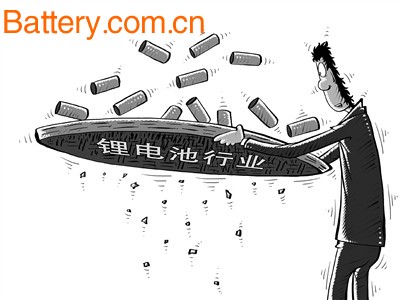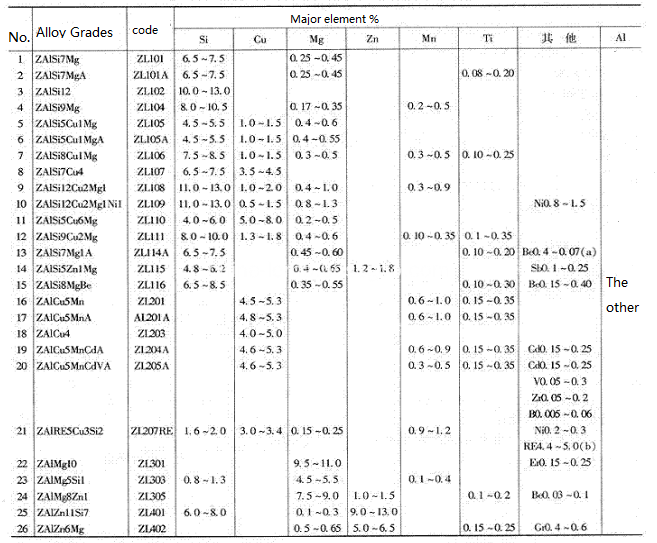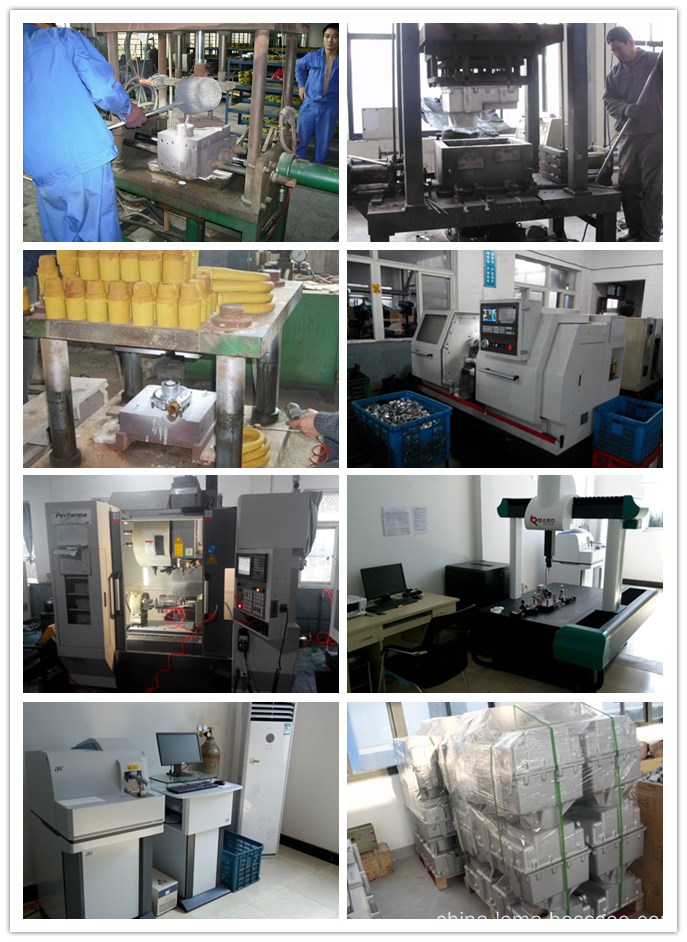For the power battery industry, capital seems to be particularly popular in recent years. Not long ago, the subsidiary of Zhongyeda Electric Co., Ltd., together with Yinchuan Jinzhihui, attached a total of 350 million yuan to participate in the micro-power system (Huzhou) Co., Ltd., which is famous for its lithium titanate and fast charge technology. White Silver Lung new energy from Dong Mingzhu Gree Electric chairman, macro to micro power investee injection, lithium titanate batteries that long-term living in the huge shadow of lithium iron phosphate lithium battery category, trapped in the electric car mileage In the context of the problem of charging efficiency and the slow progress of industrialization, it seems that we finally ushered in the opportunity to turn over. Long and short plates with "old meat" The layman looks at the excitement and the insider looks at the doorway. Dong Mingzhu has smashed the Yinlong New Energy enterprise in public opinion, but the observation point in the industry is lithium titanate. For the acquisition of Yinlong, Dong Mingzhu said that he is willing to invest in Yinlong with all his net worth because he is optimistic about Yinlong's lithium titanate technology. As a newcomer, Dong Mingzhu has a few reasons for supporting lithium titanate: long service life, ability to adapt to high cold temperatures, good safety, and application prospects in the energy storage market. But in fact, lithium titanate batteries are not a fresh technology. As the main material of lithium titanate, its advantages and disadvantages are more obvious. Previously, due to the existence of three "short boards", the large-scale commercial application of lithium titanate has been limited. According to experts, one of the short plates is high temperature flatulence. When lithium titanate is used as a negative electrode material, interaction with the electrolyte easily occurs and gas evolution occurs during the charge-and-discharge cycle reaction. Therefore, an ordinary lithium titanate battery is prone to flatulence, resulting in a battery pack and electrical properties. The decline has greatly reduced the theoretical cycle life of lithium titanate batteries, which is one of the most important reasons for restricting the large-scale application of lithium titanate batteries. Secondly, the energy density is low, that is, the amount of electricity stored is not much. Compared with the carbon negative material battery, the same volume and weight can only save half of the electricity, and only half of the battery life. Therefore, the volume and weight of the lithium titanate battery are large, which means that the passenger capacity of the passenger car is inevitably lowered. Commercialization is only "fast" and not broken Of course, as the other side of the coin, lithium titanate also has its own unique features, especially in commercial vehicles, especially passenger cars: The first is a wide operating temperature range; lithium titanate operating temperature covers -30 ° C to 60 ° C (no heating device), can fully cope with the cold weather in the northern region; followed by long life and high safety performance. Compared with conventional anode materials such as graphite and silicon, lithium titanate can greatly reduce the loss of lithium ions and electrolyte during storage and use, and avoid the attenuation of battery capacity. Of course, if you still rely on the advantages that people already know, lithium titanate obviously cannot toss out these recent storms. In the opinion of the industry, on the basis of continuous improvement of energy density, the ability to achieve fast charge is a technical factor that is suddenly sought after by lithium titanate, and behind it is the reality of the bottleneck of the commercialization of electric vehicles . At present, domestic mainstream passenger car power batteries generally use ternary lithium and lithium iron phosphate batteries . The former was "temporarily suspended" due to security issues. Although the iron phosphate lithium battery still dominant, but the graphite negative electrode material brings shortcomings do, such as easy formation of an SEI film results in a lower initial charge and discharge efficiency, the irreversible capacity is large and there is no cure and the like. The most direct impact is that most electric vehicles "do not dare" to fast charge and release, but only in the form of slow charge. This means that a large number of matching charging facilities need to be built, and the investment and construction costs are extremely high, which ultimately severely restricts the operating efficiency of the vehicle, and it has created obstacles for the electric vehicle to win the spontaneous demand of consumers and achieve commercialization. It can be seen that before the battery technology realizes a leap-forward major breakthrough, only “fast†is not broken, which has become a common requirement for the “speeding up†of electric vehicle development. Wang Binggang, head of the expert group for electric vehicle major project supervision of the Ministry of Science and Technology, said that the fast-fill battery technology has been widely accepted in China's pure electric buses, and the total number of promotion is more than 4,000. The operation is in good condition. Economic analysis shows that the fast charge type has good performance. Sustainability is expected to be a viable solution for the electrification of buses. Not succeeding in a moment Earlier media said that whoever masters the core technology of lithium titanate materials, who will have the control of the world and the blue ocean rafting. Although this argument is quite exaggerated, lithium titanate is indeed making up for its shortcomings quickly. Under the constant technological innovation of various companies, their performance is being greatly optimized. According to media reports, Zhuhai Yinlong is developing a fifth-generation lithium titanate battery , and the energy density will be increased to a level close to that of the current lithium iron phosphate battery. A number of battery companies, including Micro-Power, have also made progress in increasing the energy density of lithium titanate batteries. Song Han, vice president of Weihong Power Market, said that in 2013, Weihong Power launched a second-generation fast-charge battery LpCO lithium battery with an energy density of 120Wh/kg, which currently accounts for the shipment of micro-power battery products. 80%; and the fast-charged battery products to be launched in 2017, while maintaining fast charging and long life characteristics, the energy density can reach 170Wh/kg. Micro-Power has already laid out the layout for future product planning, and plans to introduce 230Wh/kg and 300Wh/kg fast-charge battery products. However, for the genre of battery technology, many people in the industry have said that the progress of technology will never end, and it cannot be a success or failure in a moment. Both lithium titanate batteries and lithium phosphate batteries have different characteristics, are suitable for different fields, and are moving in the direction of future updates.
Aluminum gravity casting Introduction:
The gravity casting means the part is injected
by the earth's gravity. The generalized gravity casting includes sand casting,
Metal mold casting (permanent mould casting), investment casting, Lost Foam
Casting, Mud casting etc. The narrow meaning of gravity casting is metal mold
casting (permanent mould casting).
The permanent mold casting is modern
technology that the mould made by heat resistant alloy steel.
The metal liquid generally injected into the
gate by manual. Full of cavity depend on weight of liquid metal, exhaust, cool,
open mould and get products.
Process flow: smelting, filling cavity,
exhaust, cool, open mould, heat treatment, downstream processing.
The characteristics of the aluminum gravity
casting:
1. Less casting porosity, heat treatment can
be performed. The strength of the product can be improved greatly after heat
treatment, better than Die Casting Parts.
2. Product density is low, molding depend on
the liquid weight, the density of the product is lower than die casting parts,
its strength is slightly worse, but the elongation is higher.
3. The product surface finish is not high. Easy
form similar blasting pit on the surface of casting products after cooling
contraction.
4. Slow filling and low production efficiency,
the production efficiency is only about a quarter compare the high pressure
casting, caused the product cost is high.
5. Mould life is longer than die casting
mould, and mould cost is low also.
6. Process is relatively simple.
7. Not suitable for production of thin wall
parts.
The aluminum gravity casting conventional materials
Production and QC control of aluminum gravity casting
Aluminium Gravity Casting, Aluminum Gravity Casting Part, Aluminum Permanent Mould Casting, A356 Gravity Casting Part, Aluminum Low Pressure Casting Part, Aluminum Permanent Mold casting Part NINGBO BEILUN LEMA MACHINERY TECHNOLOGY CO.,LTD , http://www.china-lema.com


